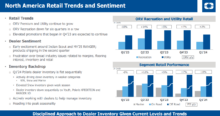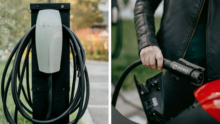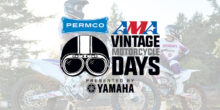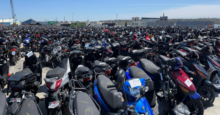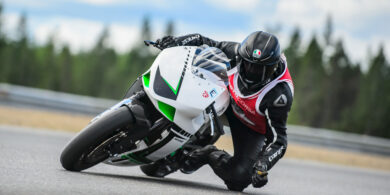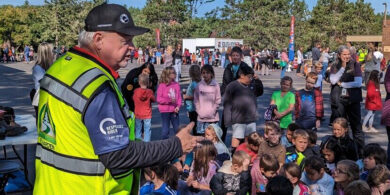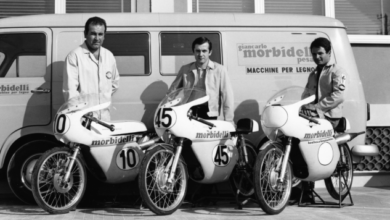Dealers Lose Sales to Asian Imports
The 153 dealers queried collectively reported 2005 motorcycle sales through July of 71,700 units, about 12% of the market, excluding scooters, which we consider a significant sample.
According to the responses, the 153 non-Harley dealers we surveyed felt that they had collectively lost about 5% of their recent new motorcycle sales to lower-priced Chinese and Taiwanese imports. About 12% of the 153 dealers indicated they did not think they had lost any sales and another 13% felt they had lost only 1%.
However, dealers also felt these imports had impacted their sales of used bikes. Instead of purchasing a major brand used bike, some buyers are opting for a new Chinese or Taiwanese import instead. Those non-Harley dealers we surveyed felt that this had collectively cost them about 5.5% of their recent used bike sales.
We also asked both Harley and non-Harley dealers if they had any interest in marketing a line of Chinese or Taiwanese motorcycles as a bargain-priced brand to compliment their premium OEM brand(s).
According to the 153 non-Harley dealers we surveyed, 14% felt it was very likely they would while another 14% thought it was somewhat likely but they were unsure. The vast majority, 72%, stated they would not be interested at all.
For the 50 Harley dealers we surveyed, none felt it was very likely they would take on a Chinese or Taiwanese brand while only two dealers felt it was somewhat likely but they were unsure. The remaining 48 dealers were emphatic in saying they would not be interested at all.
NEW/USED MOTORCYCLE SALES
We asked the 203 U.S. motorcycle dealers we surveyed to report their new and used motorcycle sales for 2005 through July. There were 71,700 new motorcycles collectively sold by our sample of dealers compared to about 16,750 used cycles sold. This computes to a 23.4% used/new ratio on average, roughly one used bike sold for every 4.5 new bikes sold. This ratio has been very consistent over the last three to four years: 21.5% for year-end 2003 and 2004, 22% for mid-2003, 21.5% for year-end 2002 and 22% for the year-end 2001.
For the 50 Harley dealers we surveyed, the used/new sales ratio was significantly higher at nearly 35%, compared to non-Harley dealers at 19.5%.
MOTORCYCLE INVENTORIES
We next asked our 203 survey dealers to identify how many new and used cycles they currently had in inventory at July month-end.
Based upon their responses, there were about 16,750 new motorcycles in dealer inventories, which computed to about 2.3 months of inventory on hand, based upon the first seven months of reported sales. This survey figure is significantly below our previous historical surveys, the most recent being 3.5 months and 3.2 months on-hand for 2004 and 2003 year-ends, respectively. It is also below our mid-2003 reading of 2.86 months.
For Harley dealers there were about 1.42 months of new motorcycles on-hand compared to about 2.58 months for non-Harley dealers.
According to our historical motorcycle dealer surveys, used motorcycle inventories have been significantly dropping in recent years. Our 203 dealer body at July month-end reported just over 3,000 used motorcycles in inventory.
That computes to an on-hand used inventory ratio of 1.25 months. By comparison, we recorded 1.8 and 1.9 months on-hand from the year-end surveys we conducted for 2004 and 2003 respectively as well as our mid-year 2003 figure of 1.33 months.
Once again, Harley dealers collectively were significantly lower at 1.04 months of used motorcycles on-hand compared to non-Harley dealers at 1.37 months.
NEW MOTORCYCLE FINANCING
OEM financing for new motorcycles has declined over the last two years, according to our recent surveys.
According to the responses of 203 motorcycle dealers we surveyed, about 22% of their customers pay for the purchase of a new motocycle with cash or credit card, 46% finance through OEM programs, about 12% finance through local banks, 6% through the dealership and 14% through independent financial institutions.
Through our historical comparison with previous surveys conducted, it appears that OEM programs may have slipped slightly over the last two years. This may be attributed to a more selective process of applicants compared to the 2002-2004 period. As a result, local banks and dealerships appear to have rebounded slightly. It also appears that independent financial institutions did not suffer over the 5-year period and may have picked up some business over the last two years along with local banks and dealerships. Cash/credit cards seems to have held fairly constant over this same period.
SALES BY CUSTOMER TYPE
First time buyers continue to purchase motorcycles, according to our dealer surveys.
The increase in the first-time buyer index since 2000 has offset the decline in replacement purchases. Much has been written about the surge in white collar buyers from the typical blue collar types during this period.
More recently, it appears there may have been a shift from buyers adding a new bike or two in their possession to old bikers returning to the sport. An example might be a baby boomer in his late 40s whose kids are through college buying a cruiser reminiscent of the one he owned in his twenties.
– Dave Crocker is senior partner for Power Products Marketing, a market research firm based in Minneapolis, Minn. PPM (www.powerprods.com) specializes in the power products and components, powersports and marine industries. Crocker may be reached at 952/893-6870 or at dcrocker@powerprods.com.

